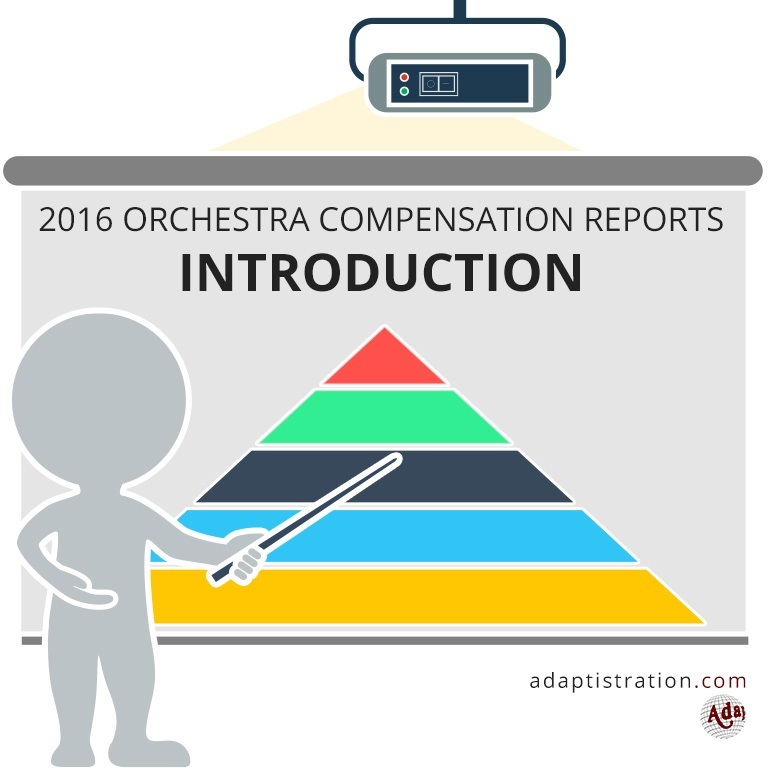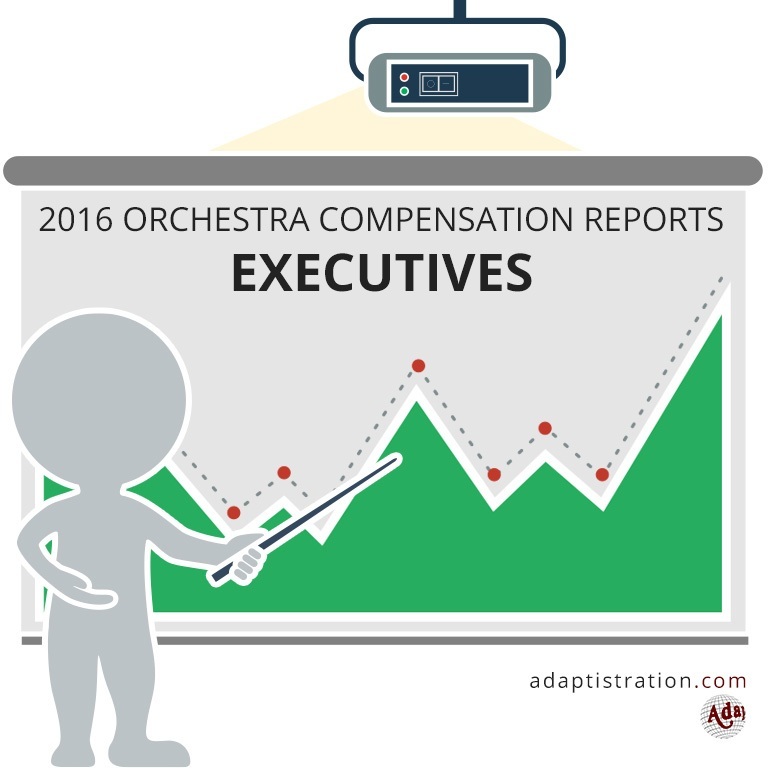The series of articles on executive compensation versus base musician salary has generated a great deal of interest and email responses from readers. Many of you wrote in with some very good questions.
- What is a base musician salary? What other levels of salary are there among musicians?
The base salary is the minimum compensation a “section” player is paid upon winning an audition. Anywhere from 75%-90% of musicians can qualify as a section players. A section player is any musician that does not sit in a “principal” of “fixed seat” position; such as the principal cello, principal clarinet, or 2nd trombone. Principal and fixed seat pay is typically 20% to 30% more than base salary. Additionally, some orchestras have seniority pay that provides qualifying players anywhere from 0.5% – 3.0% over base pay. - Your comparison to the Corporate CEO compensation scandal is egregiously off the mark. In corporate America, average CEO compensation is hard to measure accurately. In 2002 the New York Times pegged the average at a bit over $10 million, and I would guess that the average minimum salary for those companies is certainly in the same $13,000 ballpark that you came up with for the ROPA orchestras. Let’s see, $10 million vs. $105,453; I cannot see how you would look at those as comparable outrages.
Simple, the degree of disproportion is not a disqualifying aspect of the offense created by the disproportion. Although the resulting penalties are different if you are caught speeding 20 miles per hour over the posted speed limit as opposed to 70 miles per hour over the posted limit, you’re still committing the offense. Those for-profit CEO’s should simply be held accountable to a higher level of “outrage”. - In the articles, you were comparing a 52 week executive salary with musicians that mostly work less than that, sometimes for only 32 weeks out of the year. How can this be fair?
It’s a fair comparison for a number of reasons. First, consider the way public school teachers are paid. They work approximately 40-45 weeks out of the year, but does anyone consider that they are not full time employees? Next, this argument also assumes that the musicians don’t want to work for longer seasons throughout the year, but the reality is quite contrary. One of the factors musicians, and managers, use to compare themselves is their length of season. Oddly enough, however, the managers regularly try to limit salary increases but are very happy to boast to their colleagues about having the highest salaried-orchestra in their group. - A musician who is working the minimum service count in a ROPA orchestra clearly has other sources of income, and views their orchestra gig as a part time job which provides some supplemental income.
This argument comes across a bit like a “let them eat cake” position in my opinion. Those players have other jobs because they do not earn a livable wage in their orchestras. If you apply this point of view to the executives, they should simply be consultants and therefore not employees who qualify to receive health insurance and retirement benefits. According to their IRS 990 forms, many ROPA (and a few ICSOM) executives list their required hours per week as less than 40. So shouldn’t they supply these benefits on their own? After all, many of the musicians in ROPA orchestras have to provide their own health and retirement benefits. - What about Music Director salaries, aren’t they paid as much if not more than many executives?
They certainly are. Look forward to a future series of articles which will focus on the inequity of Music Director salaries compared to musician salaries. I also plan to write articles about the discrepancy in pay between office staffers and their managers.
It’s important to realize that executive directors have their salary set by the board of directors. The administrator that the board members come into direct contact with the most is the executive director. This is the individual that feeds them information and helps establish their frame of reference for how well the organization is running. The board members see the executive director working away and because of the closer, personal relationship (and dependence) upon this individual, they are much more likely to pay them ever increasing salaries, regardless of how well the organization runs.
Just look at Philadelphia, where Richard L. Smoot, the Philadelphia Orchestra board president, approved a $10,000 pay raise for their Joe Kluger, the executive director, while everyone else in the organization took a pay cut (or was fired) and the organization wallows around in multi million dollar debts.. According to Smoot, “”I think the board is very well aware that if Joe [the executive director] were to leave, we would probably have to pay considerably more for his replacement.”.
In the end everyone needs to ask the big question: Should there be such a large inequity between the wages of musicians and executives? I say executives should be paid a fair value for what they accomplish, not by how “hard” they work or by how much it would cost to replace them. And right now, orchestras are in more financial trouble than since the Great Depression and have never had such low attendance numbers. So based on that information, how would you determine an executives pay?
I’ll end this series with an observation from one of Adaptistration’s readers which I think sums things up pretty well:
“There’s an inequity with musician pay, and it’s insane and deserving of ridicule that CEOs continue to not only get hired but get raises while musicians are taking pay cuts.”
Continue to write in with those opinions, I’ll answer everyone that takes the time to write in just be patient.


